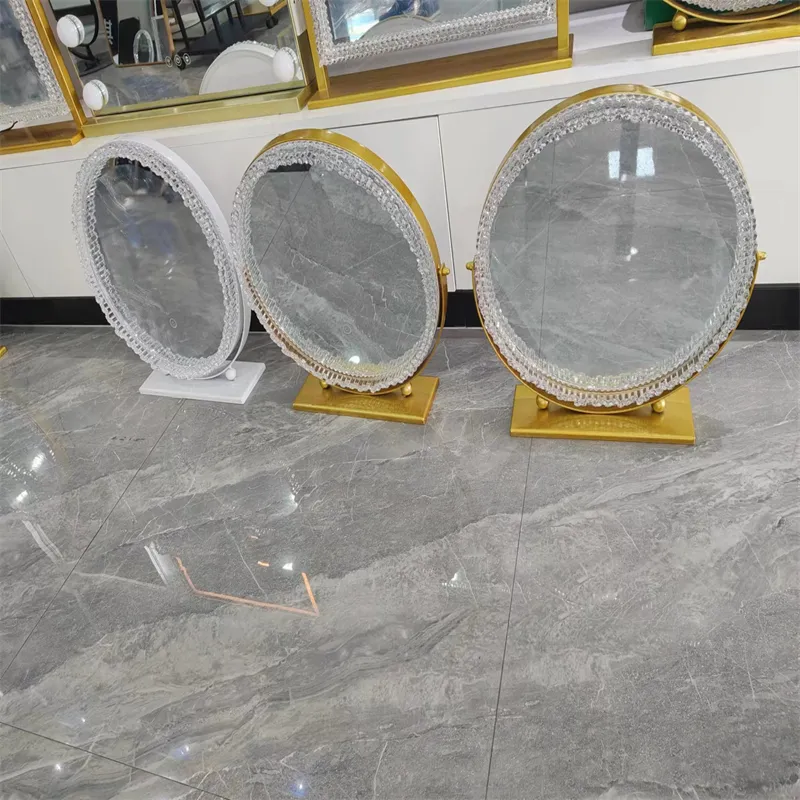Nov . 10, 2024 08:28 Back to list
Benefits and Applications of Laminated Tempered Glass in Modern Architecture
Understanding Laminated Tempered Glass Features, Benefits, and Applications
In the modern era, glass has evolved from a simple building material into a complex engineered product, offering various features that enhance both safety and aesthetics. One such product is laminated tempered glass—a composite material that combines the strength of tempered glass with the safety benefits of lamination. This article delves into the characteristics, advantages, and applications of laminated tempered glass, highlighting its significance in contemporary architecture and design.
What is Laminated Tempered Glass?
Laminated tempered glass is produced by sandwiching a layer of polyvinyl butyral (PVB) or other interlayer material between two or more pieces of tempered glass. The assembly is then subjected to high heat and pressure, which bonds the layers together. This process results in a robust, durable glass that retains a range of desirable properties. While tempered glass is known for its strength and thermal resistance, laminating it enhances safety, sound insulation, and UV protection.
Key Features
1. Safety One of the standout characteristics of laminated tempered glass is its enhanced safety features. In the event of breakage, the PVB layer holds the shards in place, significantly reducing the risk of injury from sharp edges. This property makes it an excellent choice for areas with heavy foot traffic or where safety is a priority.
2. Strength Tempered glass is treated through a process of extreme heating and rapid cooling, which increases its strength compared to standard glass. By combining it with the lamination process, laminated tempered glass offers superior resistance to impacts and stresses.
3. Sound Insulation The PVB interlayer provides sound dampening properties, making laminated tempered glass ideal for urban buildings and areas close to high-traffic zones. It reduces noise pollution, contributing to a more peaceful indoor environment.
4. UV Protection The laminated layer can block up to 99% of harmful ultraviolet rays. This property helps in protecting furnishings and interiors from fading and deterioration, thereby extending their lifespan.
Advantages
Laminated tempered glass offers numerous advantages for both residential and commercial applications
- Aesthetic Appeal Available in various thicknesses, colors, and tints, laminated tempered glass can be customized to meet design requirements while enhancing the overall aesthetic of a space
.laminated tempered glass

- Energy Efficiency The insulating properties of laminated glass can contribute to energy efficiency, helping to regulate indoor temperatures and reduce heating and cooling costs.
- Versatility This type of glass can be used in various applications including windows, doors, skylights, and shower enclosures, making it a versatile choice for architects and designers.
- Compliance with Building Codes Laminated tempered glass often meets stringent building codes and safety standards, making it a reliable choice for a broad range of construction projects.
Applications
The applications of laminated tempered glass are vast and diverse
1. Residential Buildings Homeowners increasingly favor laminated tempered glass for windows and sliding doors due to its safety and aesthetic appeal. It offers greater peace of mind, especially in high-risk areas.
2. Commercial Properties Laminated tempered glass is widely used in office buildings and retail spaces, providing an inviting appearance while ensuring the safety of employees and customers.
3. Automotive Industry In the automotive sector, laminated tempered glass is often utilized for windshields as it provides strength and minimizes the risk of injury during accidents.
4. Skylights and Glass Flooring In architectural design, laminated tempered glass allows for innovative features such as glass floors and skylights, providing natural light while ensuring safety and stability.
Conclusion
In an age where safety, aesthetics, and functionality are paramount in design and architecture, laminated tempered glass stands out as a superior choice. Its unique combination of robust features makes it ideal for a variety of applications, from residential homes to commercial buildings and beyond. As the demand for safer and more efficient building materials continues to rise, laminated tempered glass will undoubtedly play a critical role in shaping the future of architecture and design. Whether for new constructions or renovations, embracing laminated tempered glass can yield significant benefits, enhancing both the beauty and safety of any space.
-
Safety and Style with Premium Laminated Glass Solutions
NewsJun.24,2025
-
Reinvents Security with Premium Wired Glass
NewsJun.24,2025
-
Premium Float Glass Line for Modern Architecture
NewsJun.24,2025
-
Low Emissivity Glass for Energy-Efficient Architecture
NewsJun.24,2025
-
High-Performance Insulated Glass Solutions for Modern Architecture
NewsJun.24,2025
-
Elevates Interior Style with Premium Silver Mirror
NewsJun.24,2025
Related PRODUCTS














